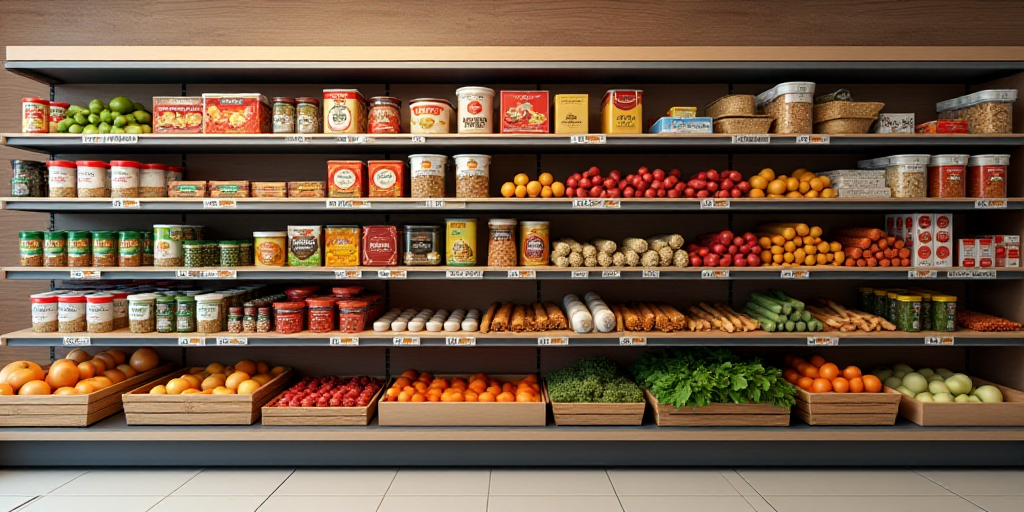About Sigma and its Relevance
Sigma, a prominent player in the food industry, is known for popular brands such as FUD and San Rafael. The company has been focusing on diversifying its supply chain for key ingredients like poultry and beef, reducing its reliance on the United States and mitigating uncertainties related to tariffs and price fluctuations in raw materials. Roberto Olivares, Sigma’s Chief Financial Officer, highlighted these efforts in a recent statement.
Expanding Sourcing to New Markets
Sigma has increased its purchases of poultry and other raw materials from Brazil, while also beginning to source from other markets like Argentina. Olivares mentioned that the company is now exploring opportunities in Europe and Asia, having already started importing some beef from Argentina last year.
Managing Inventory to Mitigate Tariff Impact
Olivares emphasized that Sigma’s ability to store inventory, including frozen meat and dry raw materials, has helped the company offset the effects of current tariff uncertainties and rising input costs from the United States. He noted that most of their raw materials, primarily meats and dairy products, are sourced domestically in the United States. Although some inputs like packaging or capital goods might be affected, Olivares stressed that the impact would be minimal.
Anticipated Price Increases
Addressing Rising Costs
To counteract the pressures on their profit margins due to increased raw material costs, Sigma has forecasted further price hikes for their products during the second quarter of this year. This pricing strategy has been ongoing since late 2024 and is expected to continue at least through the first half of this year.
Key Questions and Answers
- What is Sigma’s strategy to address trade uncertainties? Sigma has been diversifying its supply chain by sourcing raw materials from new markets such as Brazil, Argentina, Europe, and Asia to reduce dependence on the United States.
- How has Sigma managed to mitigate tariff impacts? The company’s ability to store inventory, including frozen meat and dry raw materials, has helped offset the effects of tariff uncertainties and rising input costs.
- What measures has Sigma taken to address rising raw material costs? In response to increased costs, Sigma has implemented a strategy of raising prices for their products during the second quarter of this year and plans to continue this trend through the first half of 2025.






